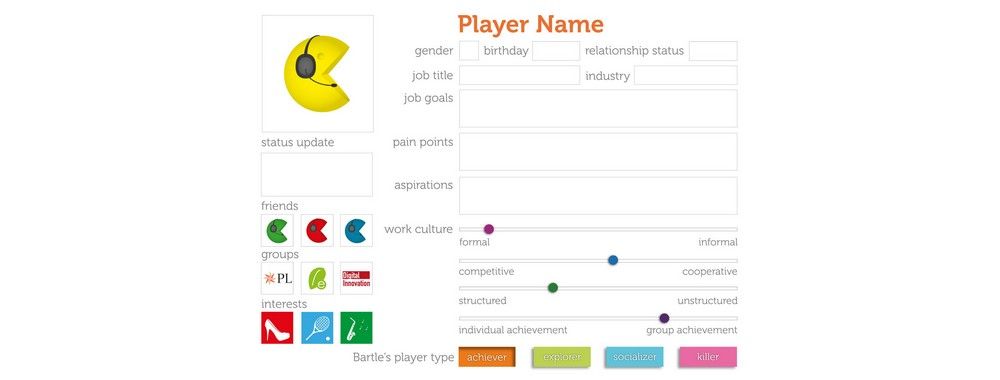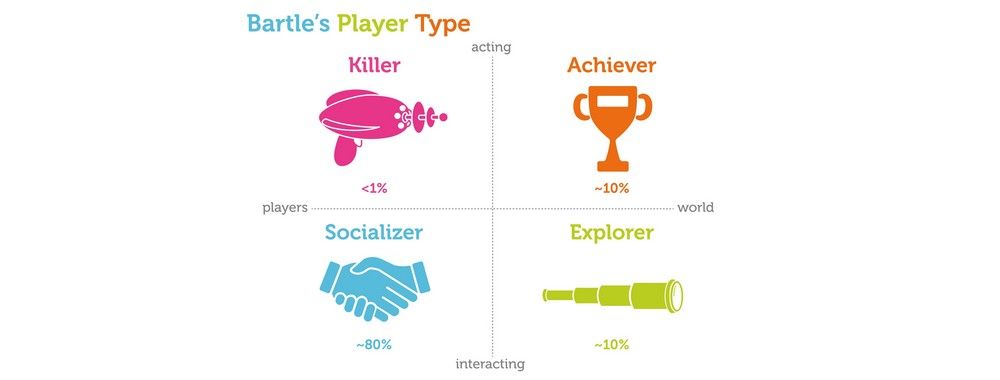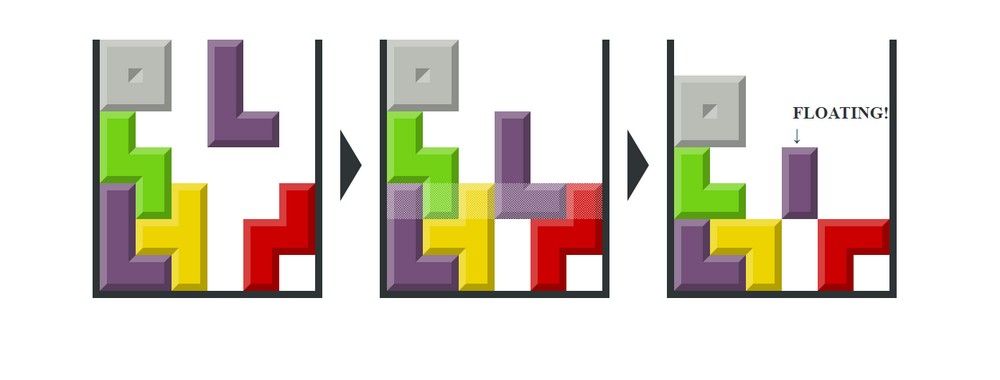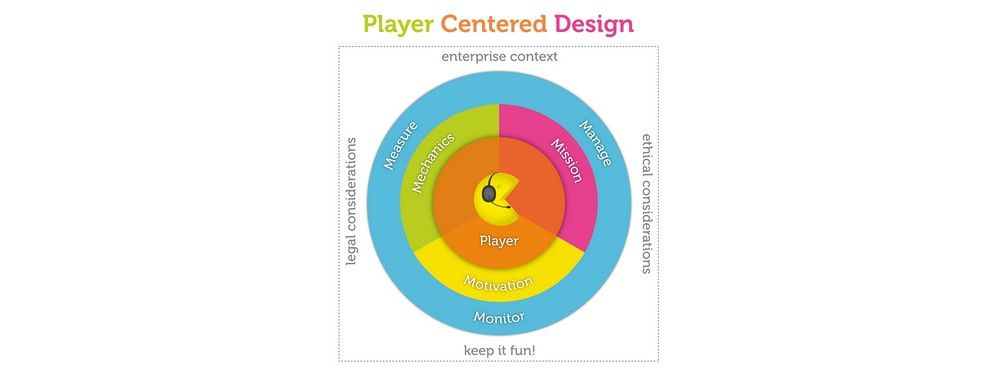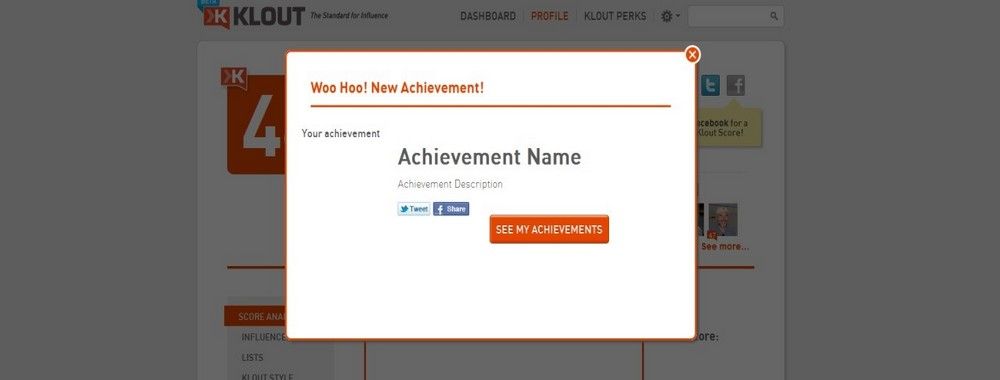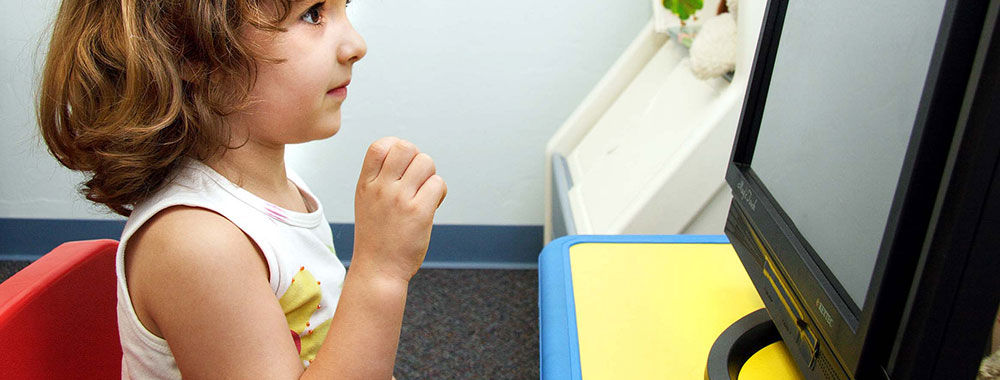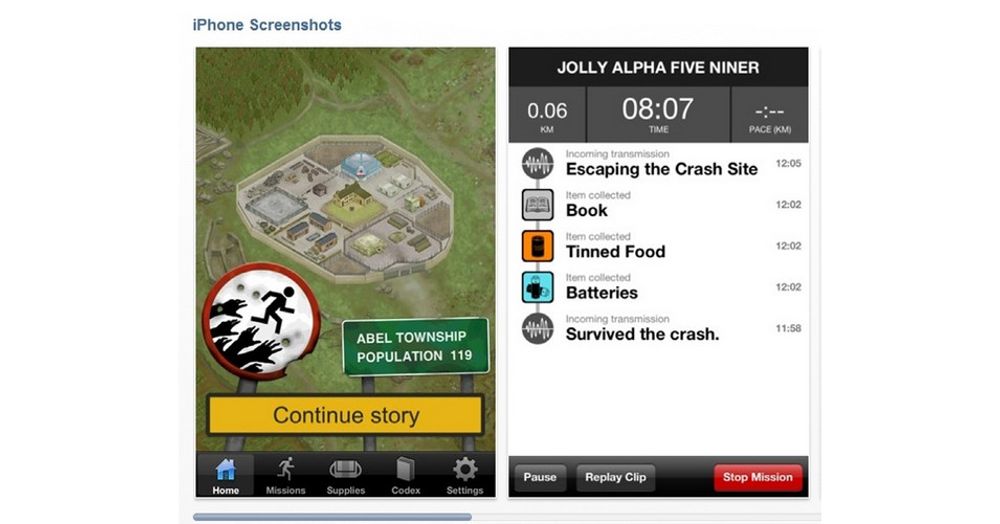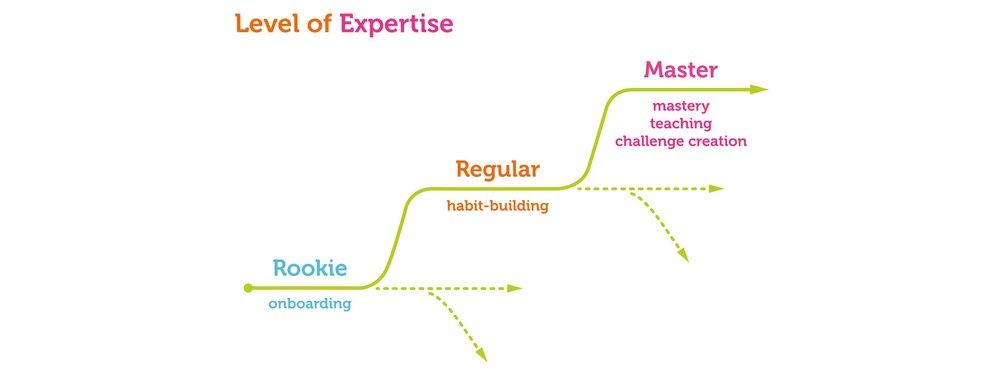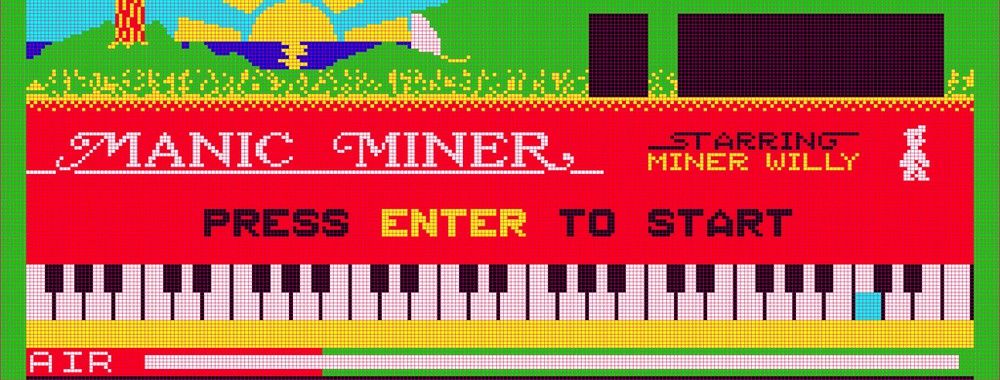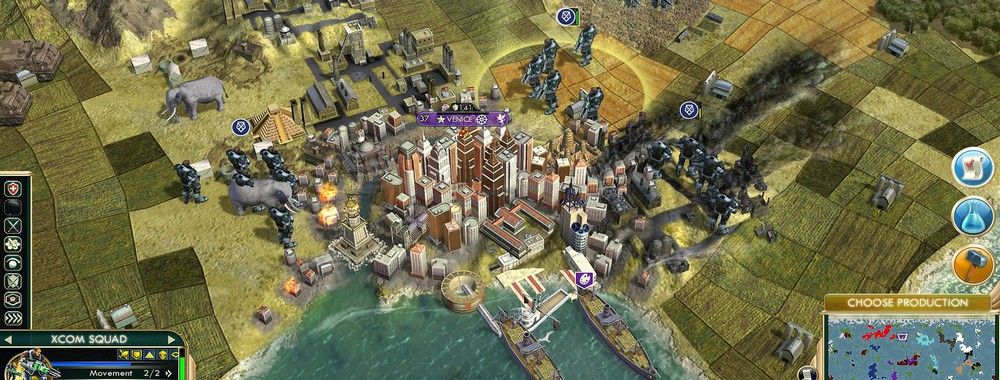For any gamification project, you’ll need to do research on players in order to determine what they will require from the gamified system. The culmination of this research is the development of a player persona; this is similar to a user persona (which most UX researchers will be intimately familiar with), but it also examines some gamification-specific elements which would not otherwise exist in a standard user persona. Let’s take a look at that:
The Final Step to Knowing Your Player
Gamification requires a deep understanding of your player. You will build your understanding in several areas through research, and once you know enough about your players, you can then build a player persona sheet (as pictured above).
Janaki Kumar and Mario Herger put forward this player persona in their book, Gamification at Work: Designing Engaging Business Software.
This template provides you—and everyone else in the design team—with a simple reference guide in order to help you stay on track during gamification. When the team discusses a new feature, all team members will be able to review the player persona and ask, “Will this work for our player?” Does this meet their needs or objectives?” and the equally important question, “Does this help meet the needs of the business too?”
What’s included in the Player Persona Template?
It includes the player’s gender (due to men and women having different gaming preferences). The player’s date of birth also appears—because each generation has subtly different needs in their games.
 Author/Copyright holder: Gage Skidmore. Copyright terms and licence: CC BY-SA 2.0
Author/Copyright holder: Gage Skidmore. Copyright terms and licence: CC BY-SA 2.0
It’s worth noting that the difference between men and women’s gaming preferences is usually not this extreme!
A user’s relationship status may not always be necessary as it very much depends on the types of behaviour that your gamification is trying to elicit.
A user’s job title, industry and job goals are very important in order to ensure that the gamification process not only suits the player, but also the project sponsor’s requirements.
The pain points represent the troubles that the player encounters in his or her work life. Gamification that overcomes some of the pain of work is much, much more likely to be successful than gamification that is only cosmetic. In other words, you should focus on anaesthesia rather than on makeup.
“Your sweet spot mixed with your customer’s pain points is where the truly valuable stories are.”
— Joe Pullizi, founder of the Content Marketing Institute
 Author/Copyright holder: LaurMG.. Copyright terms and licence: CC BY-SA 3.0
Author/Copyright holder: LaurMG.. Copyright terms and licence: CC BY-SA 3.0
Using gamification to alleviate a player’s pain is a great way to gain engagement with your project.
It’s important to acknowledge the player’s aspirations and how the gamification process can help them achieve these aspirations. For example, if you can work in features that manage to knock out some of the time-consuming pain points that frequently make someone want to rage-quit a job, you’ll move that player into a position where she isn’t being dragged down; instead, she can focus on building towards something.
You could also include the player’s Bartle’s gamer type (a rating scale that helps you understand what exactly motivates the player about any kind of game). This information will support your understanding of the work culture, too.
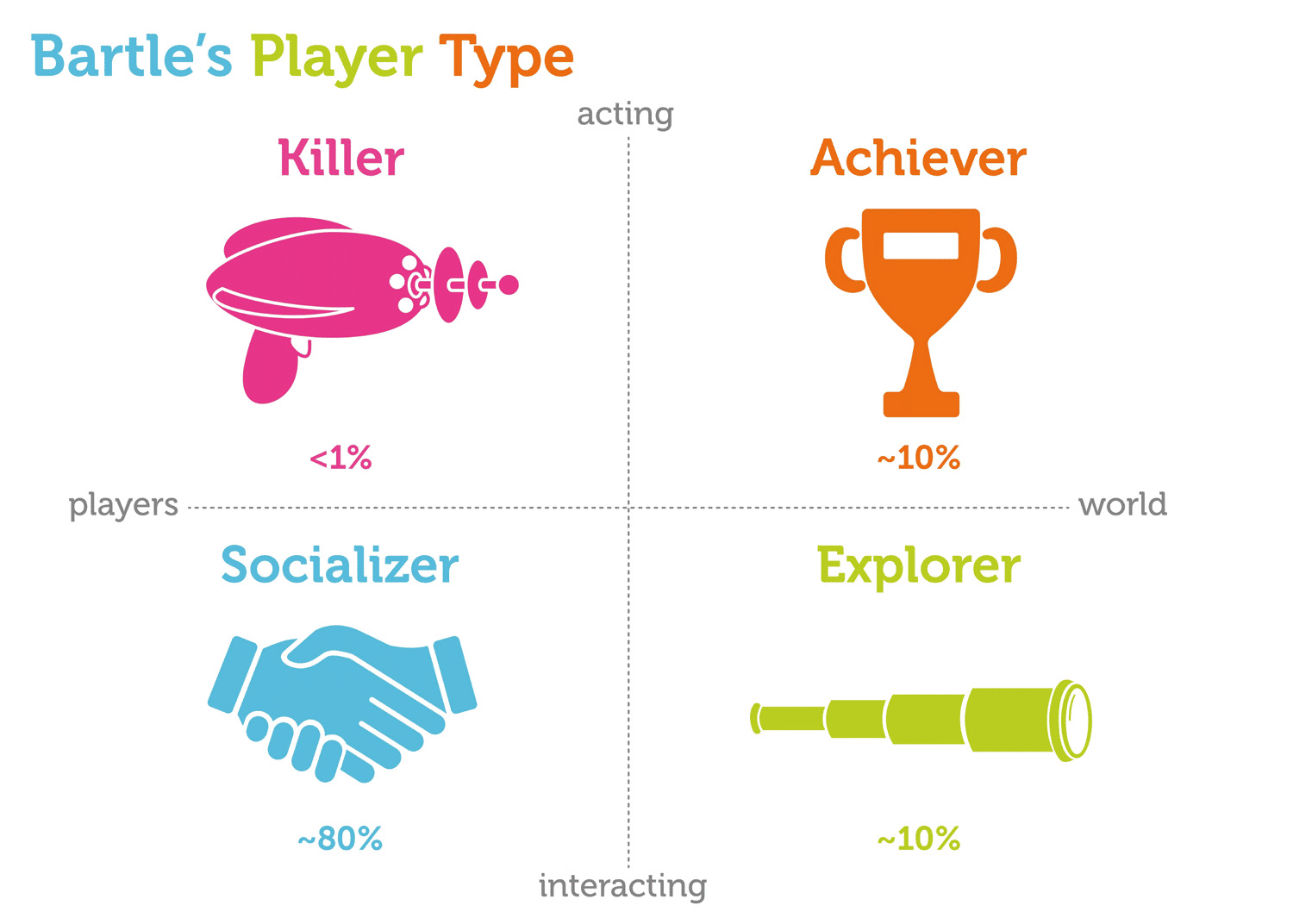 Author/Copyright holder: Janaki Kumar and Mario Herger. Copyright terms and licence: CC BY-ND 3.0
Author/Copyright holder: Janaki Kumar and Mario Herger. Copyright terms and licence: CC BY-ND 3.0
Bartle’s player types allow for some very high level generalizations about what players will be looking for in your gamification projects.
You can also include any other information that you think will help to build a more accurate profile of the gamers, such as any workgroups they belong to, any friends they may have within the work or gaming environment, and any general interests that they may share (relevant references are great in games as they add a little extra identity to the process).
Don’t Forget
The Player Persona is a wonderful tool in Player-Centred Design. It’s important to refer to it regularly so as to keep the player at the centre of your design process. It’s also a living document—a kind of friendly ‘Frankenstein’ being the work environment creates on your screen, where you can make necessary tweaks. If you find that something has changed in the environment, and your initial assessment of your players now needs to change, you can do so at any time. Just remember, you’ve got to keep this persona in step with the environment for it to be an accurate reflection of the player type you seek to thrill and delight.
The Take Away
The player persona is a critical tool for communicating player needs in gamification projects. It is a variant of the user persona used in most UX projects with a focus on gamification-specific needs and attributes, such as Bartle’s player types and the corporate environment. The template persona provided above provides a useful starting point and can be customized to meet the needs of your own gamification project. From there, you can mould and shape the persona so it stays an accurate mirror image of the people who will come to use your design and get maximum fun from it in the way they expect and deem appropriate.
References & Where to Learn More
Course: Gamification - How to Create Engaging User Experiences
Janaki Mythily Kumar and Mario Herger, Gamification at Work: Designing Engaging Business Software, The Interaction Design Foundation, 2014
Hero Image: Author/Copyright holder: Janaki Kumar and Mario Herger. Copyright terms and licence: CC BY-ND 3.0
